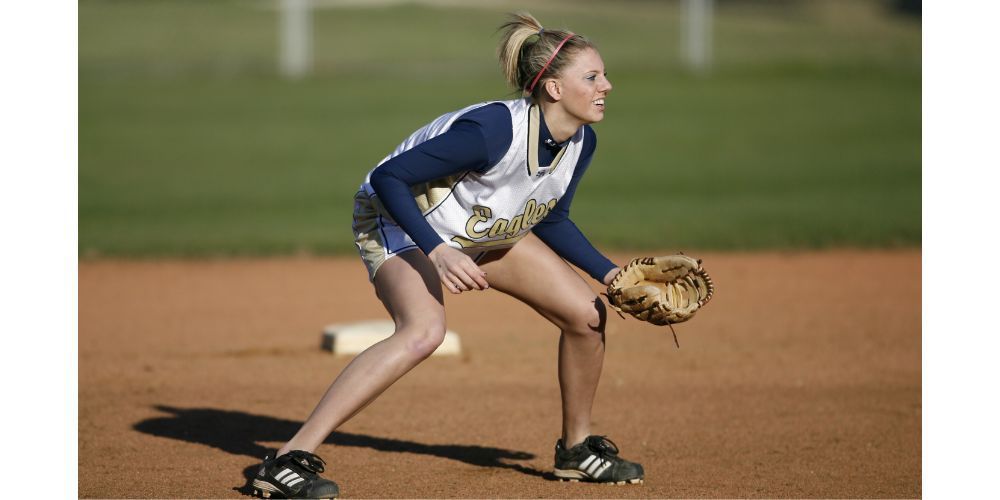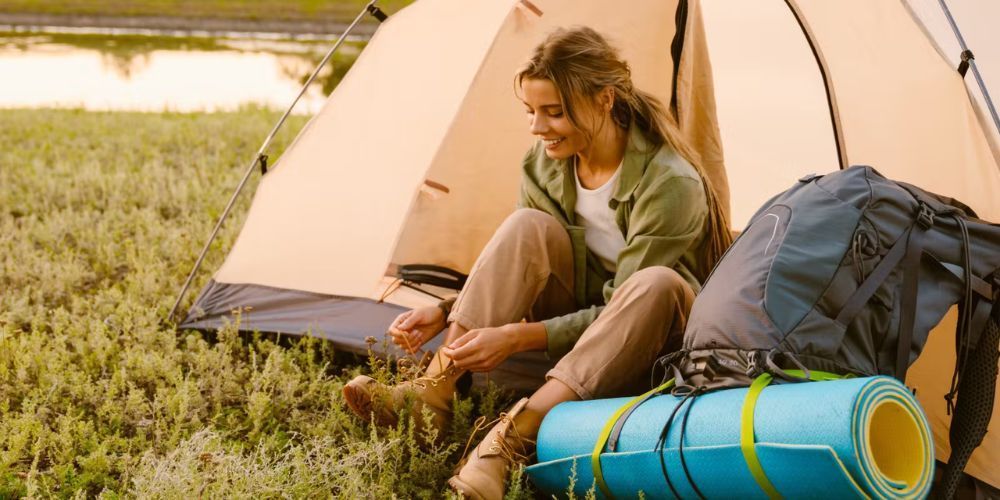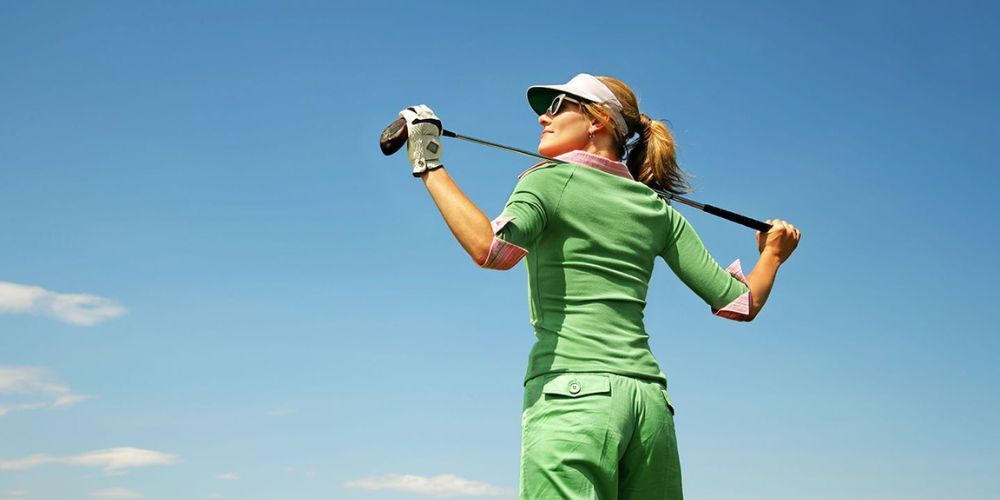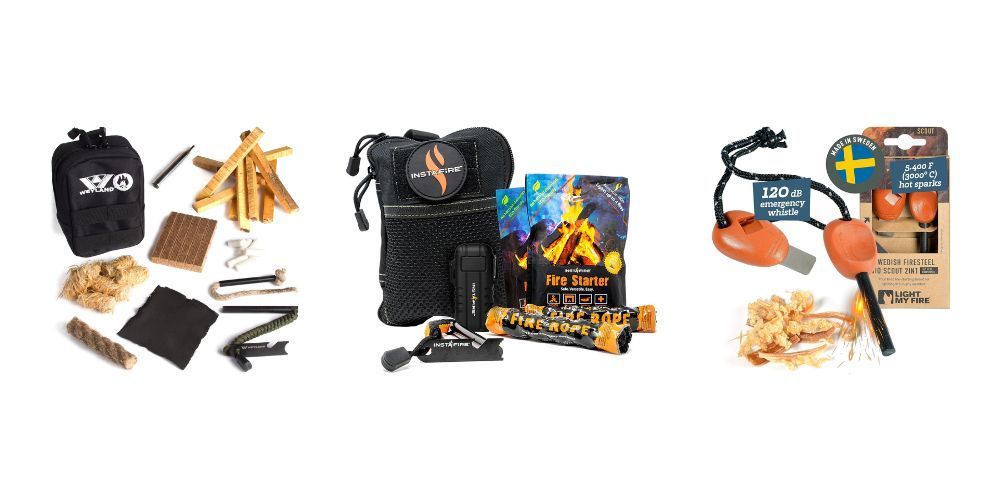The Complete Guide to Girls Softball Cleats: Finding the Perfect Fit for Every Player
May 29, 2025
Finding the right softball cleats can make or break a young athlete's performance and comfort on the field. With so many options available, from budget-friendly basics to high-performance models, choosing the perfect pair doesn't have to be overwhelming.

Why Girls Need Sport-Specific Softball Cleats
Regular athletic shoes just don't cut it on the softball diamond. Softball cleats provide essential traction for quick starts, sudden stops, and base running on dirt and grass surfaces. They're designed with reinforced toe areas to handle sliding, plus ankle support for lateral movements that happen constantly during games.
Girls' feet develop differently than boys', with narrower heels and different arch patterns. Generic "unisex" cleats often leave female players with blisters, hot spots, and poor performance. Sport-specific softball cleats for girls address these anatomical differences while providing the exact type of grip needed for softball's unique playing surfaces.
Top Features to Look For in Girls Softball Cleats
- Cleat Configuration: Softball allows metal cleats in most leagues after age 13, but molded rubber cleats work for all ages and surfaces. Metal provides superior grip but can be dangerous in younger leagues. Molded cleats offer versatility and safety.
- Upper Materials: Synthetic leather offers durability and easy cleaning, while mesh panels provide breathability during hot summer games. Full leather provides maximum durability but can be heavier and less breathable.
- Fit and Sizing: Softball cleats should fit snugly but not tight, with about a thumb's width of space in the toe box. Many girls need to size up half a size from their regular shoe size to accommodate thicker softball socks.
- Ankle Support: Low-cut cleats offer maximum mobility, while mid-cut options provide extra ankle stability. High-tops are rare in softball but can help players with previous ankle injuries.
- Sole Design: Look for cleats with forefoot flex grooves for natural foot movement and heel support for impact absorption during running and jumping.
Best Girls Softball Cleats by Category
List of Services
-
Best Budget Option: New Balance Women's Fresh Foam Velo V4List Item 1
New Balance's Fresh Foam Velo V4 delivers exceptional value with proven softball performance. These softball cleats for girls feature the signature Fresh Foam midsole for superior cushioning and energy return. The synthetic and mesh upper combination provides durability while maintaining breathability during long games. The rubber molded cleat design offers reliable traction on all field surfaces, and the reinforced toe cap handles aggressive sliding. Perfect for recreational players or those needing frequent size changes during growth spurts.
-
Best Mid-Range Choice: Nike Hyperdiamond 4 ProList Item 2
Nike's Hyperdiamond series has become a favorite among serious softball players. The synthetic leather upper resists scuffing and cleans easily, while the Lunarlon cushioning provides responsive comfort. The asymmetrical lacing system creates a larger strike zone for better ball contact, and the rubber molded cleats offer excellent traction without the weight of metal spikes.
-
Premium Pick: Under Armour Glyde TPUList Item 3
Under Armour's Glyde series represents their top-tier softball technology. The TPU (thermoplastic polyurethane) cleat configuration provides metal-like grip with molded durability. The ClutchFit upper adapts to foot shape for a custom feel, while the Micro G cushioning delivers responsive energy return. These cleats excel in competitive play where every advantage matters.
-
Best for Versatility: Mizuno 9-Spike Advanced Finch Elite 4List Item 4
Mizuno's reputation for quality shines in this versatile option that works equally well for softball and baseball. The synthetic leather upper provides durability, while the 9-spike configuration offers superior traction. The padded collar and tongue enhance comfort during long tournaments, and the reinforced toe cap handles aggressive sliding.
How to Choose the Right Softball Cleats
Start by checking your league's cleat regulations. Some youth leagues prohibit metal cleats, while others require specific cleat lengths. Once you know the rules, consider your playing surface. If you play primarily on artificial turf, invest in quality turf shoes rather than traditional cleats.
Consider your position and playing style. Catchers benefit from additional ankle support and reinforced toe areas for frequent crouching. Infielders need maximum mobility for quick lateral movements. Outfielders prioritize lightweight construction for sprinting to fly balls.
Think about durability versus growth. For rapidly growing feet, a quality mid-range option might be smarter than an expensive premium cleat that'll be outgrown in six months. However, serious tournament players who wear cleats frequently should invest in higher-quality options that resist wear.
Understanding Softball Shoe Types
Traditional Softball Cleats
These feature either molded rubber or metal spikes designed for natural grass and dirt surfaces. They provide maximum traction for running bases and fielding but can be uncomfortable on hard surfaces like concrete dugouts.
Softball Turf Shoes
Turf shoes feature small rubber nubs instead of traditional cleats, making them ideal for artificial surfaces, indoor practice, or multi-surface play. They're more comfortable for walking on hard surfaces but provide less traction on natural grass.
Hybrid Options
Some manufacturers offer convertible designs with removable spikes or dual-purpose soles that work on multiple surfaces. These can be cost-effective for players who practice on turf but play games on grass.
Brand Spotlight: What Makes Each Unique
- New Balance Women's Softball Cleats excel in comfort and value. Their Fresh Foam technology provides superior cushioning, while their wide-width options accommodate players who struggle with narrow-fitting competitors.
- Nike Women's Softball Cleats focus on performance innovation. Their Zoom Air cushioning and Flyknit uppers represent cutting-edge athletic technology, though at premium prices.
- Under Armour Women's Softball Cleats emphasize durability and aggressive styling. Their ClutchFit technology and charged cushioning systems target serious competitive players.
Maintenance Tips for Longevity
Clean cleats after every use with a damp cloth and soft brush. Remove dirt and grass stains before they set permanently. Allow cleats to air dry naturally—never use direct heat sources that can crack synthetic materials or shrink leather.
Store cleats in a ventilated area to prevent odor and mold growth. Consider using cedar shoe trees to maintain shape and absorb moisture. Replace worn cleats before they affect performance or cause injury.
Final Thoughts
The best girls softball cleats balance performance, comfort, and value for each player's specific needs. Whether you choose New Balance for budget-conscious comfort, Nike for cutting-edge performance, or Under Armour for competitive durability, focus on proper fit and league-appropriate cleat types.
Remember that even the most expensive cleats won't improve performance if they don't fit properly. Take time to try on multiple options, consider your position and playing style, and invest in quality that matches your commitment level to the sport.
Can girls wear boys' softball cleats?
While possible, it's not recommended. Boys' cleats are typically wider and designed for different foot shapes, which can lead to blisters, poor performance, and potential injury.
How often should softball cleats be replaced?
Recreational players typically need new cleats every 1-2 seasons, while competitive players who practice frequently may need replacement every 6-12 months. Replace cleats when the treads are worn smooth or the upper materials show significant wear.
What's the difference between softball and baseball cleats?
Softball cleats often feature different cleat patterns optimized for softball's base paths and pitching distances. However, many cleats work for both sports—check with your league about cross-sport usage rules.









